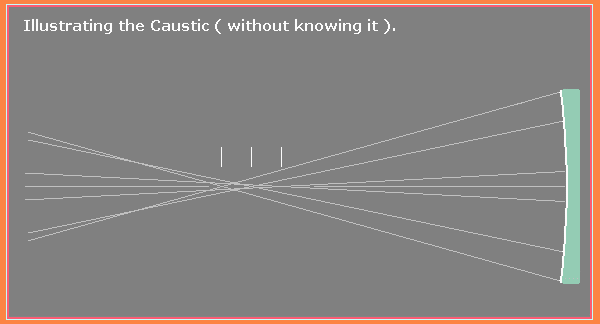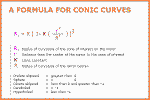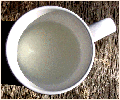
"The center of curvature of any point on the mirror surface must fall on the caustic surface."
There are some reasonable questions to ask about this statement.
How can a point have a radius? Only a circle can have a radius.
Since the radius changes as we test further from the center how can there be 'A radius'?
If we sample an ever smaller area of the mirror surface the maximum and minimum radius of that small sub surface approach nearer and nearer to being the same number. And the surface, if small enough, seems to be a point and not a surface even though it still has a maximum and minimum radius. If the surface be small enough the difference between the maximum and minimum radius is un-measurable.
 Using
calculus it is possible to derive a general equation for the radius of
curvature of any point that happens to be at any radius 'r' from the center of
a conic surface.
Using
calculus it is possible to derive a general equation for the radius of
curvature of any point that happens to be at any radius 'r' from the center of
a conic surface.
Caustic curve in a cup of milk.
